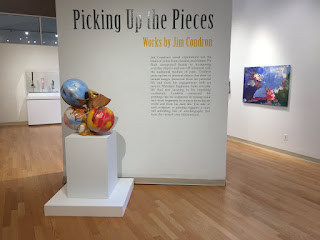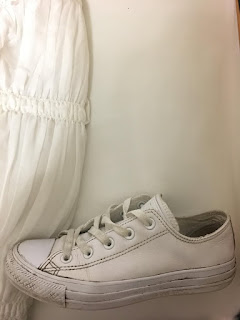Maroger Studio

The event at the Maroger Studio was very cool and I was extremely impressed by the artistic skill of the students. The focus for the project was to depict the human body as a machine, nature, spirit, and instruments, creating paintings and drawings separately and in the end putting them all together to form a full skeleton. Each and every skeleton was very different and it was interesting to see the way in which people thought about each component. I enjoyed looking at these creations more than the gallery ones because I think it is really amazing the skill and talent these students already have and continue to improve on throughout college. It was also fun to explore another place on campus that I had no clue existed and also meeting different art teachers and learning what types of things they work on in their classes.



